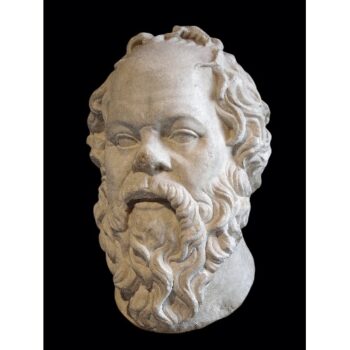“The teacher of the most people is Hesiod; they are certain (epistasthai) that it is he who knows (eidenai) the most things — he who did not understand (gignôskein) day and night, for they are one.” (LM D25, DK & S 57)
“The teacher of most is Hesiod. It is him they know as knowing most, who did not recognize day and night: they are one.” (Kahn 19)
Kahn tells us that Hesiod viewed Night (Nyx) in alignment with the mythic thought of his time as a positive force that negates daylight and prevents human vision. Night and Day are two contrary powers. They meet in the underworld and one replaces the other and emerges after it (109).
Heraclitus views night and day as oppositions that are however unified. They are not two opposing separate forces. Quite technically, they are even unified in a 24 hour day, which remains the same even in spite of the changes in the length of each particular day and night throughout the year (109). Darkness fades and daylight comes. Daylight fades and darkness comes. One day after another day shows one thing slipping into its opposite.
This of course is also symbolically very significant for Heraclitus. We have clear vision in the day, no or limited vision at night. We interact with others in a common world in the light of day. We sleep in the darkness, holed up in our private worlds.
Hesiod, for his part, is celebrated by most as knowing most. But he does not even recognize one of the most fundamental dialectical unities. He lacks understanding, despite his great learning. He is acknowledged by the people, who unfortunately understand nothing.
